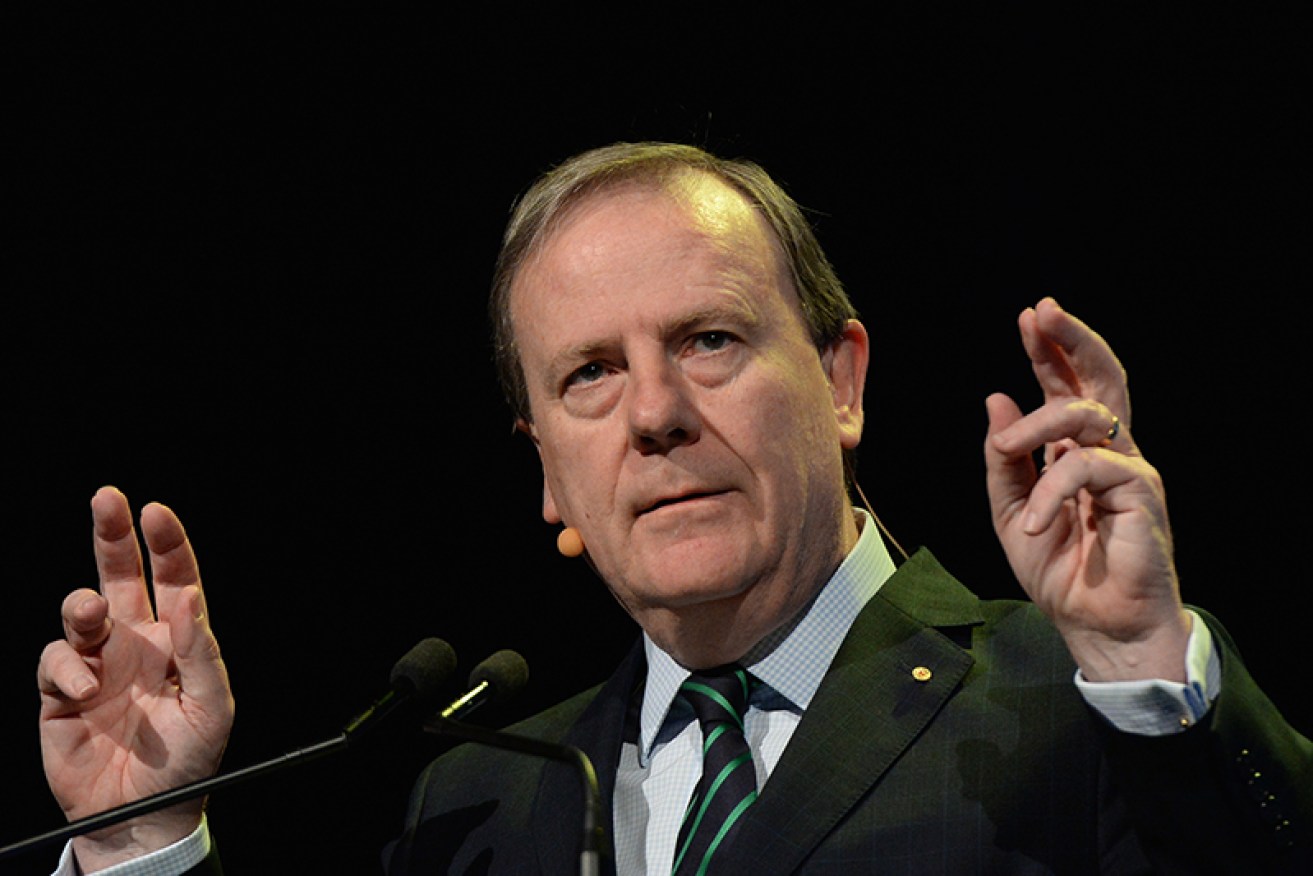ACCC’s Fairfax-Nine means less diversity and a new media baron


Former Liberal treasurer Peter Costello is about to become an extremely influential player in Australian news media.
Competition regulator, the Australian Competition and Consumer Commission, has green-lighted the death of Fairfax Media, the institution that has been a foundational influence on public interest journalism in Australia since 1831.
This is the biggest shake up in Australian mass media ownership since the Hawke-Keating government allowed Rupert Murdoch to take over the Herald and Weekly Times newspaper conglomerate in 1987.
The latest merger has been allowed to happen because of the malicious abandonment of cross-media ownership restrictions by the Turnbull government last year.
When Fairfax shareholders meet on November 19 in Sydney, they are expected to endorse their board’s unanimous recommendation to merge with Nine Entertainment “in the absence of a superior proposal”.
Fairfax Media will be delisted from the Australian stock exchange soon after December 7.
What does it mean for you, the media consumers?
It will mean a loss of journal-of-record coverage. It will undermine the checks, balances and cohesion of Australia’s robust democracy.
And it will mean far less diversity in the voices you hear in the Australian media.
Iconic mastheads, The Sydney Morning Herald, The Age and the Australian Financial Review will continue with their pay-walled online presence. The governance structure that has protected their “independent, always” journalism culture, however, will then be under the control of Nine Entertainment Holdings’ chairman, former Howard government treasurer Peter Costello.
While Nine will adopt Fairfax’s charter of editorial independence with staff, the board led by a former Liberal minister will have the power to hire or fire all editors.
It will be this board which decides when to end these great Australian mastheads.”
With Fairfax and News Corp now sharing printing presses and the mounting joint campaigns to promote the benefits of advertising, Australia will now start to see the erosion of public interest journalism within mainstream media after decades of healthy rivalry between the major print and free-to-air television players.
Nine will soon be cross promoting all its newspaper titles and websites, real estate business Domain, jointly-owned video streaming service Stan, plus Macquarie Radio – including its 2GB shock jocks Alan Jones and Ray Hadley.
Next Up: Print editions will close.
It is only a matter of time before all Australian news media goes solely online. The Nine board is likely to move on this before News Corp, blaming digital disruption for the regrettable inevitability of the terminations.
Fairfax has 160 titles, including 16 metropolitan local newspapers. There has been informed speculation that News Corp, already with a dominance in regional outlets, will move next year to acquire many of the Fairfax regional titles if it can persuade the ACCC to approve the move.
Not in our name
ACCC chairman Rod Sims delivered a tortuous reasoning for his green light of the Fairfax/Nine merger: “While the merger between these two big-name media players raised a number of extremely complex issues, and will likely reduce competition, we concluded that the proposed merger was not likely to substantially lessen competition in any market in breach of the Competition and Consumer Act.”
Mr Sims even sought to offer The New Daily as cover for his approval of the death of Fairfax: “With the growth in online news … many other players, albeit smaller, now provide some degree of competitive constraint. These include, for example, The Guardian, The New Daily, Buzzfeed, Crikey and The Daily Mail.”

Fairfax titles have a proud history of holding the powerful to account.
Although these online news sites – now more important than ever – are increasing their readerships, they exist on skeletal staffing and are still a long way from a mass media influence to replace or rival Fairfax and News Corp across metropolitan and regional Australia.
On Thursday former prime minister Paul Keating, the author of laws that had previously prevented TV and print mergers, blasted Mr Sims and the ACCC.
Mr Sims had relegated the Fairfax mastheads to the “ethical dustbin” of Channel Nine, Mr Keating said.
While many Fairfax journalists are deeply distressed at being taken over by an entertainment company and fear that the consolidation will soon result in even more job losses, Mr Keating’s current complaint comes after the horse has bolted.
It is true Mr Keating’s cross media rule did stabilise media ownership in Australia until its malicious abandonment by the Turnbull government last year.
But Australian journalists are still waiting to hear Mr Keating’s confession that its consequence, perhaps unintended at the time, was to create a media monster: Rupert Murdoch.








